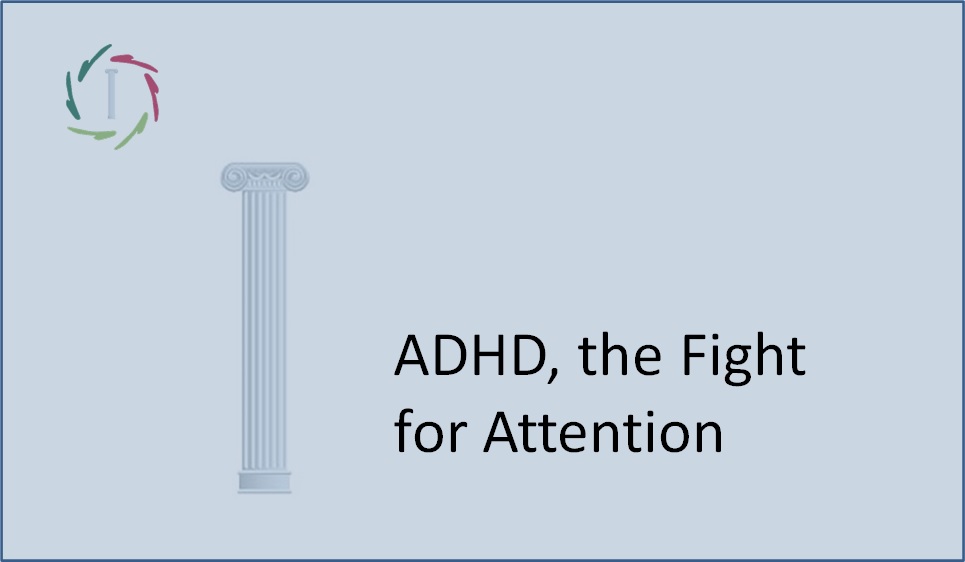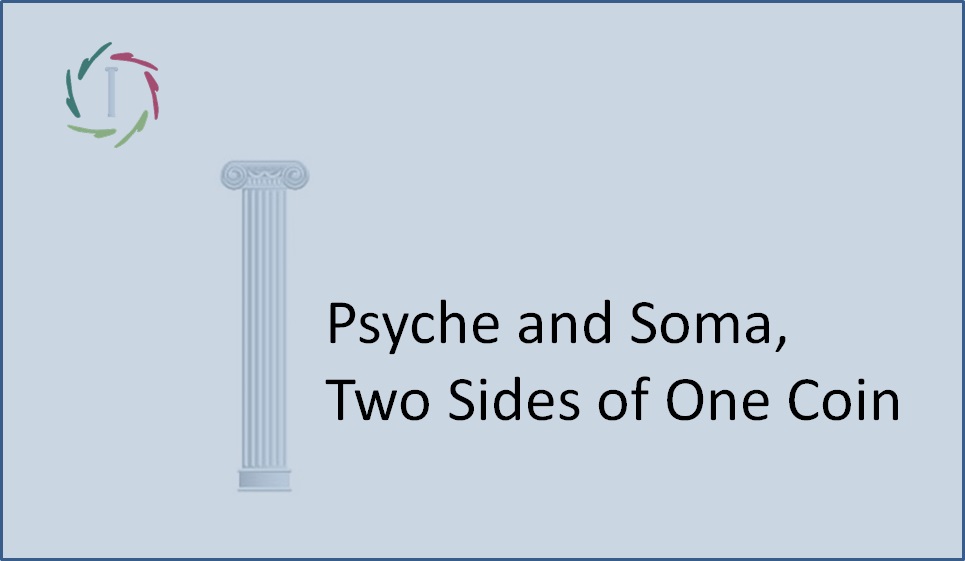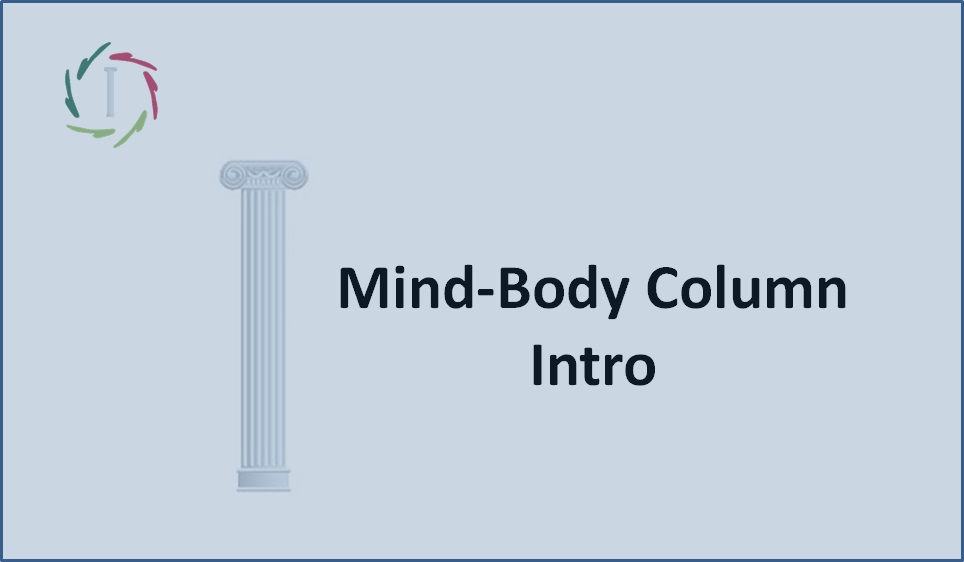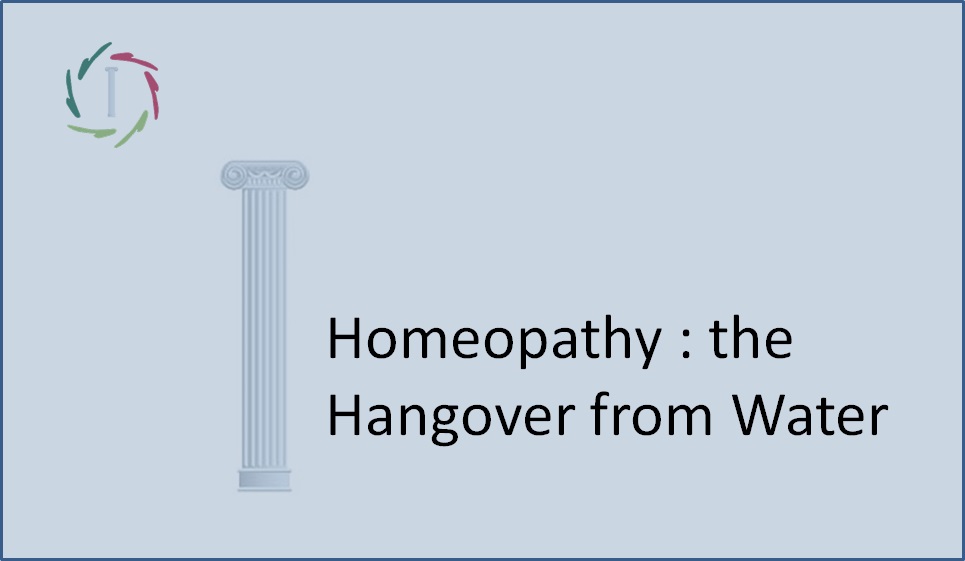39. ADHD, the Fight for Attention

Children need ‘deep attention.’ In particular, what I have in mind is attention to who they are as a total person and, above all, to what remains invisible while giving ‘superficial attention.’
We have a responsibility to treat children well and to save them from unnecessary misery. If that means having to find possible causes of their unwell-being in parents that mean well, so be it.
Nowadays, there is quite a bit of resistance to parental responsibility. It’s becoming a modern taboo. Sometimes the medical world gets drawn into this, among other things, through an increasing number of diagnoses of ADHD.
This is not to the child’s advantage. It cuts off a series of possible measures in advance.
What does ‘attention’ mean?
Let’s start with the following question: “What does one mean by attention?” The answer to this question seems obvious, namely: “Attention is being focused on an object of… attention.”
OKAY, but what constitutes an object of attention? How does this work on a cognitive level? How can a creature as complex as the human being, in an environment with thousands of attention-seeking stimuli, actually keep his attention to just one or a few objects of attention at the same time?
That in itself may be called a miracle, but as far as attention is concerned, it is certainly not the final question. There is ‘attention’ and ‘attention.’ For example, one can pay attention to a simple thing, such as a simple object.
This form of attention is similar to the shining of a flashlight in a dark environment.
Paying attention to a complex situation is something else. It requires focused attention and complexity that quickly exceeds the possibilities of mere consciousness.
After all, the fact is that conscious attention can only handle an average of 7 things at a time. Therefore, non-conscious attention.
Now feel for yourself all the physical sensations that you didn’t feel before, but this time you pay your conscious attention to them. Maybe you’ll feel some tension here or there or some touchpoints with the chair you’re sitting on. You were not consciously aware of these elements before, but they were somehow present in your’ attention.’ A sudden change would attract your attention. The same applies to your field of vision.
In the case of communication between people, it becomes even more drastic.
Non-conceptual communication is about how lots of elements are constantly being sent and received.
There are patterns in this that indicate deeper moods, goals, motivations. Human communication is also the communication of all things that are not consciously observed. Non-conscious attention: the metaphor of the flashlight is out of place.
When may we speak about the right kind of attention for a child?
Thus, we end up where we started: with the child. A child can get a lot of attention, but it has to be the right kind of attention. Does an excess of ‘flashlight attention’ meet all needs? No, it doesn’t.
A child needs ‘deeper attention.’
In our Western culture, it’s not so easy to meet this need. Let us take, for example, all the fleeting media that are rushing all over the place and introduce lots of clicks- and default options. A certain situation is reflected in this: children whose attention is sent on a wild goose chase only get to know the flashlight attention.
Often their parents give them just that form of attention at the expense of the other. This does not satisfy the total person. Is it then surprising that susceptible children are getting troubles with their attention? Where that sensitivity comes from (psychological or organic origin, or both simultaneously) is another question.
However, it is clear that all children benefit from a good dose of deep attention
This means attention to who they are as human beings.
This is about giving and getting attention. One invites the other. Perhaps one cannot even learn one without the other. Children and parents should be supported in this because it is not self-evident. In this case, there can be no question of any guilt, and unfortunately, there are no prearranged tips (how paradoxical the idea in itself).
Therefore, this text was not created to provide a solution. The intention, dear reader, is to draw your attention to an essential element of ADHD, which is rarely recognized.


